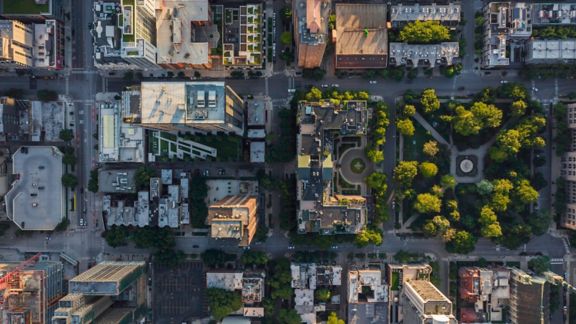NYC Police Reform and Reinvention Collaborative

Problem
New York City lacked sufficient information about the collateral consequences affecting communities with high numbers of drug arrests.
Arrests for drug law violations lead to a number of collateral consequences as those cases are processed through the justice system, and those consequences can have broader effects on the community. Additionally, drug arrests tend to be concentrated geographically in specific neighborhoods.
The New York City Mayor’s Office of Criminal Justice wanted to better understand the economic impact of these collateral consequences, particularly in communities with higher numbers of drug arrests.
Solution
NORC will use existing publicly available data and administrative records to look at spatial patterns of drug arrests over time.
In support of the NYC Police Reform and Reinvention Collaborative, NORC will work with Jeffrey Butts, director of the John Jay Research and Evaluation Center (JohnJayREC), to explore the collateral consequences of justice processing for violations of drug laws.
Using data from the NYC Open Data portal and other administrative data sets, NORC will measure the collateral consequences of justice processing of drug law violations. NORC will explore research questions that look at neighborhood effects, how neighborhood effects correlate to contextual features of the neighborhood and the density of hotspots, and the relationship between the density of drug law arrests and related outcomes. This analysis will be done by looking at the spatial patterns of drug arrests over time to test for a disproportionate impact on communities.
Result
A report of the findings will be made publicly available.
Estimates of the economic consequences of the density of drug law arrests will be calculated and publicly reported.
For More Information
Visit the site below for more information regarding the NYC Police Reform & Reinvention Collaborative and the John Jay College's Research and Evaluation Center.







